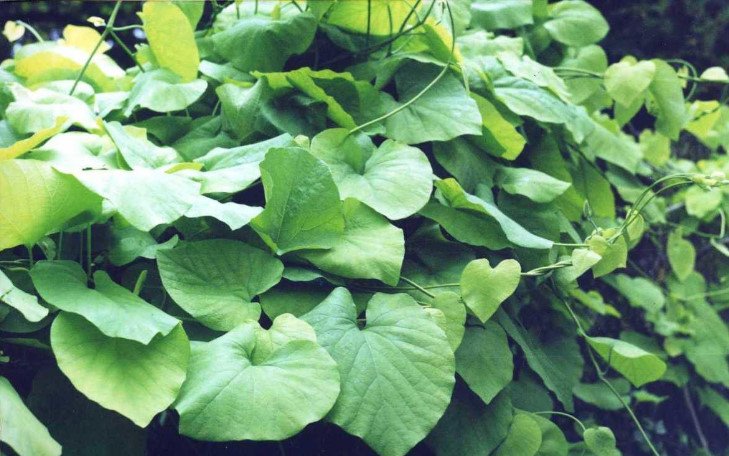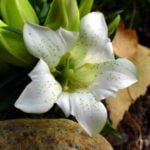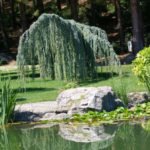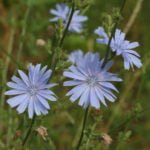In the rich world of perennial deciduous vines there are universal species that surprise and leaves, and flowers, and even fruits. Today, as many years ago, among them stands the genus Aristolochia, numbering more than 300 species and hides a lot of mysteries about yourself. For example, it is known that the classical form of the leaf Aristolochia is reflected in the architecture, and, along with the leaves of ivy and grapes, was a model for Gothic ornaments. And that’s not all we know about these amazing vines.
Before we get acquainted with its most effective representatives, we will try to lift the veil of its secrets.
Why do the English call the Dutch pipe Aristolochia?
The answer lies in the curved shape of a flower, which is very similar to a Smoking pipe.
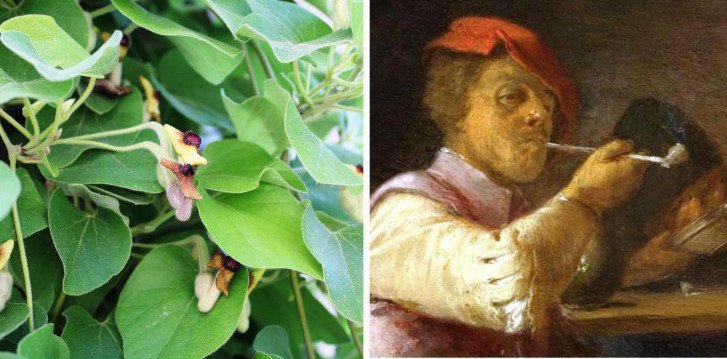
Why the flowers of Aristolochia so unpleasant smell?
Aristolochia is pollinated by flies, beetles and other insects feeding on fallen animals. To attract them all Aristolochia flowers peculiar color (which mimics the color of decaying meat), with an unpleasant odor fell.
Why Aristolochia such a curved flower?
This is due to pollination: insects fall into the trap, from which are selected with difficulty, losing the pollen brought and covered with pollen Aristolochia.
What is undesirable for Aristolochia?
They do not tolerate dry air, shade-loving, can not stand direct sunlight. In the North-West and Central regions grow better in Sunny places South-East and East expositions.
What do you like Aristolochia?
Aristolochia exacting to soil: prefers fertile, well-hydrated, loose, sandy loam or loam.
How is Aristolochia circumcised?
They are 2 types of trimming:
- after flowering or late winter (for southern regions), or early spring (for the middle band), if necessary, cut the shoots to the desired length;
- in the same terms, the side shoots are pruned, leaving 3-4 buds above the place of last year’s cut.
How is Aristolochia propagated?
Propagated by winter sowing freshly harvested seeds; spring (April) — stratified (1-1.5 months at +5 °C); green and lignified cuttings,layering. The period of germination of seeds from 30 to 50 to 70 days planting depth — 1.2 cm In hermetically closed vessels Aristolochia seeds can be stored up to 5 years.
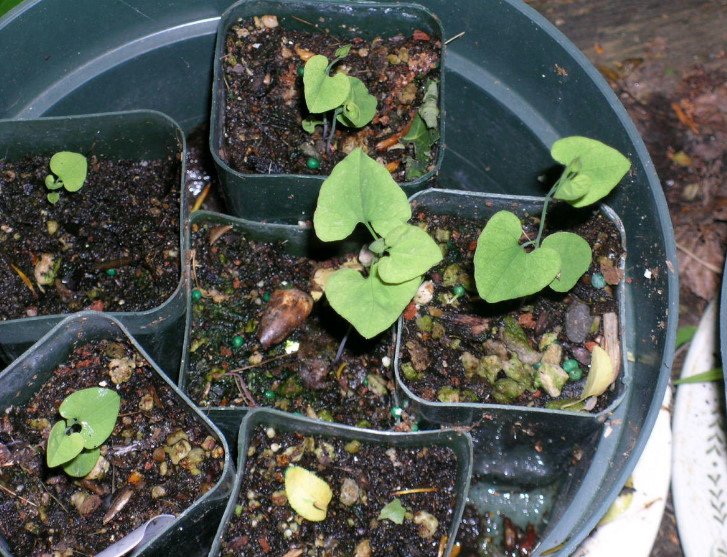
Seedlings develop slowly, so do not rush to plant them small in a permanent place, it is better to grow in containers or on a separate ridge in the greenhouse.
The most spectacular of Aristolochia
Having solved all the riddles Aristolochia, I invite you to get to know them.
Aristolochia tomentosa
Spectacular North American vine up to 10 m long.
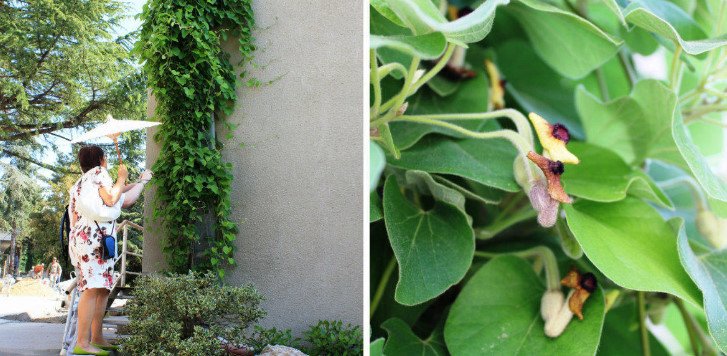
Aristolochia tomentosa-beautiful and perfect in everything: forms a dense mosaic of large (up to 15 cm) pubescent leaves, in the axils of which are yellowish-purple tubular flowers 3-4 cm long.
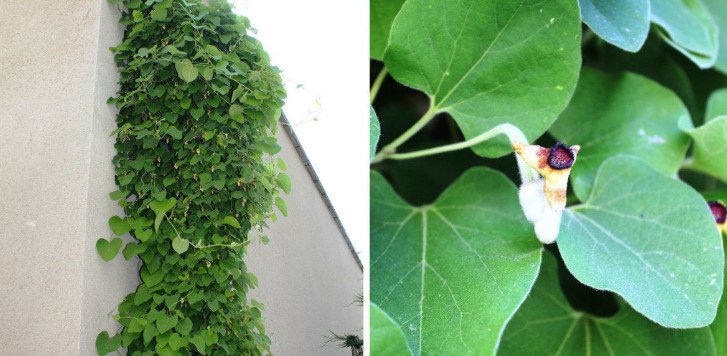
Aristolochia tomentosa is more thermophilic than the above mentioned types of Aristolochia, so it is for southern country houses; gives abundant root growth (along with seed breeding, bred and root suckers).
Aristolochia macrophylla
The most spectacular decorative view from North America: on any support leaves form a dense mosaic.
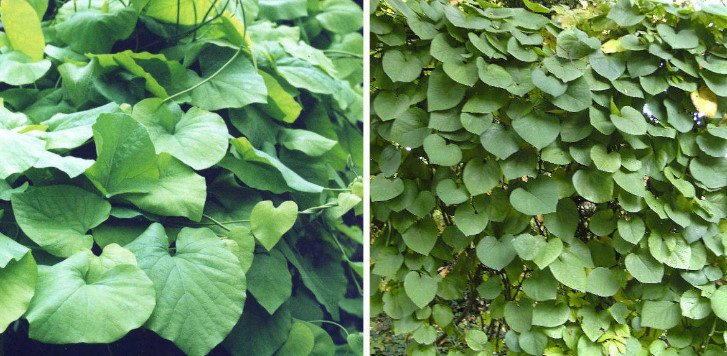
Aristolochia macrophylla, syn. A. durior, A. sipho-climbing vine with wrinkled gray bark, reaches a length of 8-10 m. Heart-shaped dark green leaves 10-30 cm Long flowers tubular, greenish-brown, up to 3 cm, single or paired, bloom from may (June) to July. Fruits-hexagonal boxes up to 6 cm long, ripen in September-October.
Quite winter-hardy, but in severe winters young shoots can freeze.
Application Aristolochia large-leaf in the country is very versatile: it can be mounted on the wall of the house — on the background of stone or brick dark green leaves are unusually good. Spectacularly they will look and on a white pergola.
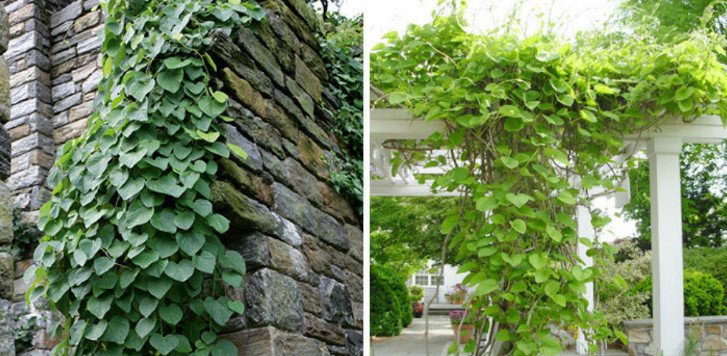
Decorated with a mosaic of its leaves, the vertical support will turn into a living green obelisk. By placing Aristolochia on a trellis or a fence, you get a real green wall.
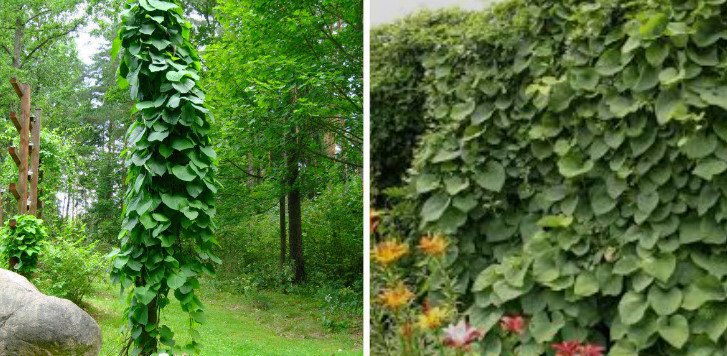
In addition, it will be a worthy frame garden bench, decorating the arch, gazebo, screen. And everywhere Aristolochia large-leaved will create not only a decorative effect, but also protect the surrounding area of the garden from noise, dust, other people’s views.
Aristolochia manshuriensis
This spectacular Liana comes from the Far East, the North-East of China, Korea, as indicated by its specific name.
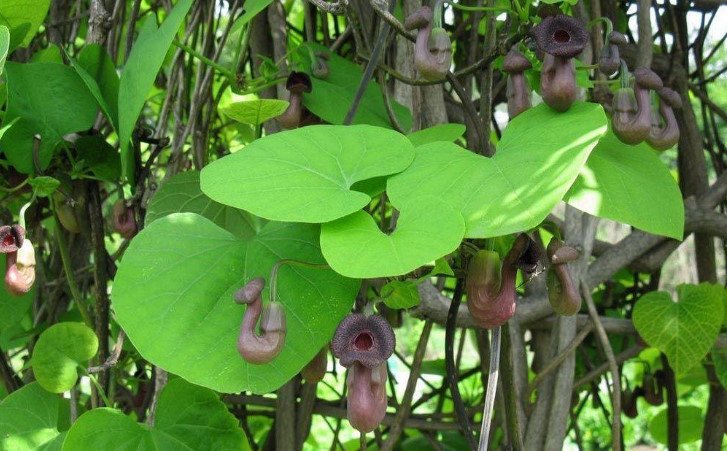
Aristolochia manshuriensis-vine with dark gray bark, reaches a length of 14 m, the leaves are round-heart-shaped, up to 29 cm flowers tubular, greenish-yellow or brown, up to 3 cm, bloom in may. Fruits-leathery yellow-green cylindrical boxes up to 10 cm long, ripen in September-October.
Quite winter-hardy, in severe winters can freeze the ends of young shoots. Like the previous view, this Aristolochia is beautiful on the arch, on the corner of the house.
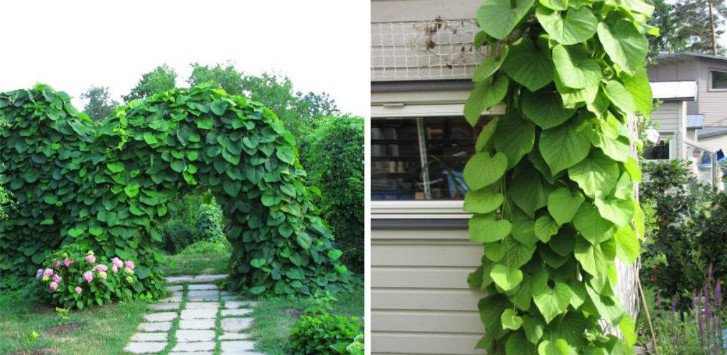
Supported accordingly it is possible to make a green tunnel.
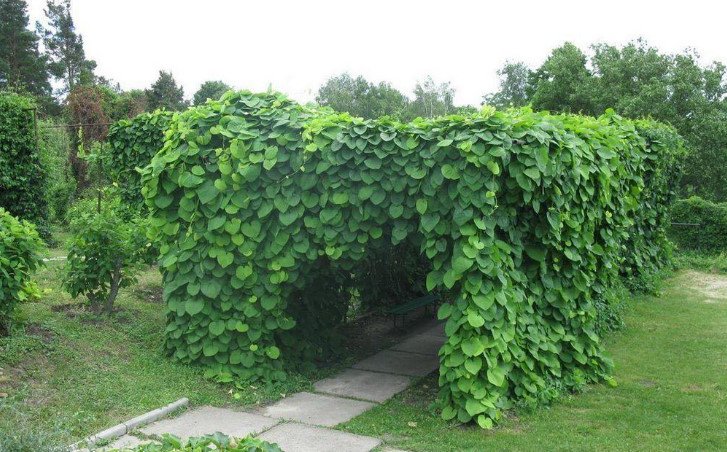
It can be used to decorate gazebo, fence, trellises and so on.
All other types of Aristolochia are more thermophilic.
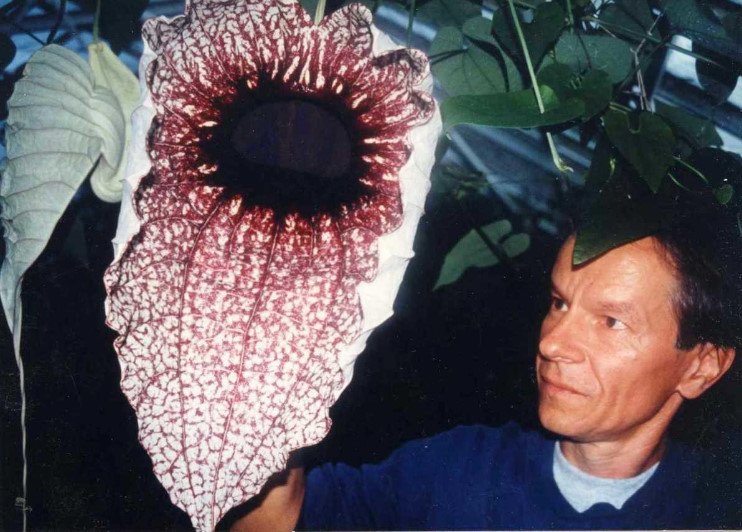
Critical winter minimum sissies-Aristolochia is in the range of +7 °C…+10 °C, so they are grown indoors: houses, apartments, winter gardens.
A. clematitis do not quote — it is rather a creeping perennial than herbaceous vine.
Here are Aristolochia vines, know their worth. And you liked Aristolochia?
